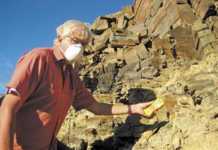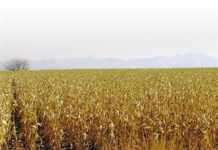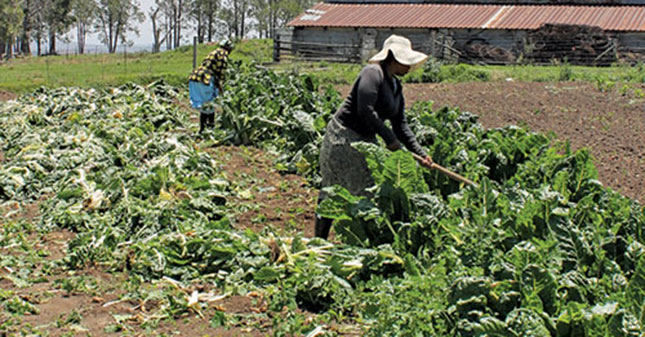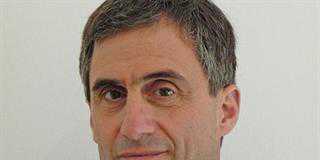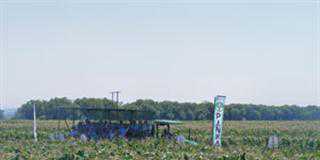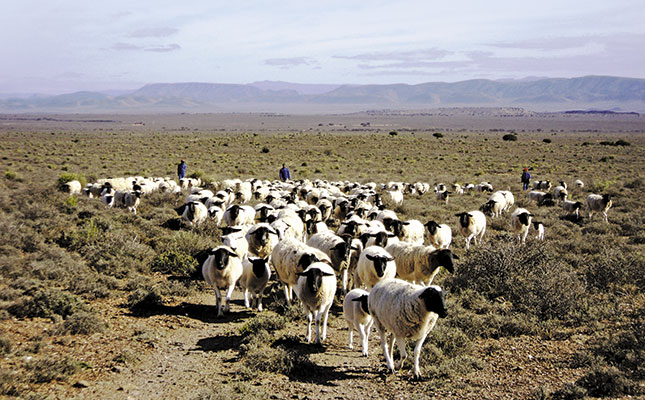
What is the underlying problem?
The current arguments, complete with condescending statements, are chasing scientists into camps in the way the non-selective grazing (NSG) debate did in the 1960s/1970s, so nothing is new. But we should rather learn from and respect one another, and give credit where it’s due. We would prefer role players to avoid categorising scientists and do away with the notion that there’s only one good veld management system.
READ:Vets’ training remains key priority for OIE
Can you be more specific?
We’ve noted claims that the so-called holistically-based grazing systems are the only counter to the negative effect of stock farming on the climate, and the only method to restore the water cycle and practise sustainable livestock production. It’s also claimed that mainstream science and traditional veld management techniques have failed to address the complexities of desertification.
Statements such as “it’s rubbish and it doesn’t work” and “the grasslands used to carry millions of animals but no overgrazing took place”, are freely used by the holistic fraternity. Together with other criticisms, they moved us, as mainstream scientists, to ask ourselves where we’d failed. So we reviewed university lectures, journals of the Grassland Society of SA since 1966, our own research, that of our peers, and more recent work.
The focus of this self-analysis was to determine why our approaches to optimum resource management are not viewed as holistic and why we’re accused of not having addressed the complexities of desertification. We concluded that our mainstream scientists, with their own brand of holism, can be proud of their achievements, all of which are based on scientific fact rather than philosophy.

Dr Amie Aucamp (Photo courtesy of NGWA)
What are those facts?
One has to be careful in veld management not to over-emphasise the whole at the cost of the parts that make up the whole. Any environment creates a specific veld type that is adapted to produce under those particular climatic and soil conditions. But due to rainfall variability, the plant production of a specific vegetation or habitat is not constant. The poorer the veld condition, the lower the veld production and grazing capacity will be.
Objective assessments of veld condition are the only way to quantify the sustainable use of a grazing ecosystem over the long term. Animal production depends on the amount and quality of available feed. Limiting them prevents animals from performing to their genetic potential. This is why the number of animals on the veld must be in balance with the available fodder. Stocking rate and stocking density are not the same thing – a difference that is often diluted by irresponsible statements.
The demand for feed from the livestock should never exceed the supply; there should always be harmony between the stocking rate and feed supply to ensure sustainable use of the grazing ecosystem. Plant species react differently to grazing because grasses, Karoo vegetation and shrubs differ markedly in their growth, morphology and physiology. Even plants in the same community react differently to intensity of defoliation and the time needed to recover.
Any form of grazing will lead to reduced production of that plant during the following growing season. This decrease is often more than 50% as opposed to, for example, the production of rested grassveld that was not grazed at all in the preceding season.
Studies show that the only way to maintain vigour and production is through long, effective rests every third or fourth year. Plant vigour increases only when the roots get enough time to recover properly. Grazing in summer must be followed the next year by a summer growth period. It’s impossible to graze during a specific growth phase while at the same time maintaining plant vigour, no matter what management system is employed.
Another fact is that the grazing habits and needs can vary between animal species and even between individuals of one species, depending on the physiological status of the animal. Enough feed of the required quality is needed to ensure animal performance. Since 1966, mainstream scientists have used specific methods to attain specific goals under specific conditions. High stock densities for short periods (high-utilisation grazing) is a common method. For pregnant animals or females with offspring at foot, lower densities that ensure quality feed (high-production grazing) could be better.
Strategies for the veld types and environmental conditions must ensure that economical animal production goes hand-in-hand with decreased drought risk. Strategies have to provide for the timely adjustment of animal numbers to match veld production under a given rainfall regime; economic animal production; maximum possible veld production; long-term improvement in veld condition that leads to higher grazing capacities; and objective assessments of veld condition.
Should veld management systems mimic the grazing patterns of game?
The question is: is it possible to restore the veld conditions of 400 years ago and base the extensive livestock industry on that? Humans, plants and animals were in harmony with the environment. There were no barriers to animal movement and a large variety of game fed on a variety of plant species. Today, only two or three domesticated species are used for farming.
Historic numbers of game are unknown – there were surely droughts and diseases, veld fires and other natural disasters. We also don’t know how long herds remained in an area before migrating or how long they took to repopulate it. It cannot be scientifically correct to generalise about grazing habits centuries ago.
How would you rate the country’s veld today?
Judging by how the veld has improved in South Africa over the past 30 years, our results have been generally successful – this is supported by scientific studies. One wonders what the position would have been had the country not had a soil conservation law, stock reduction scheme or legislation governing the conservation of natural resources.
The impact of these measures should be brought into this debate.
Scientists – Prof Hennie Snyman (Department of Animal, Wildlife and Grassland Sciences, University of the Free State), Dr Louis du Pisani (National Wool Growers’ Association), Dr Mias van der Westhuizen (Free State Department of Agriculture) and Dr Amie Aucamp (Eastern Cape Red Meat Producers’ Organisation).
Phone Dr Amie Aucamp on 083 676 5718.
This article was originally published in the 7 November 2014 issue of Farmer’s Weekly.

